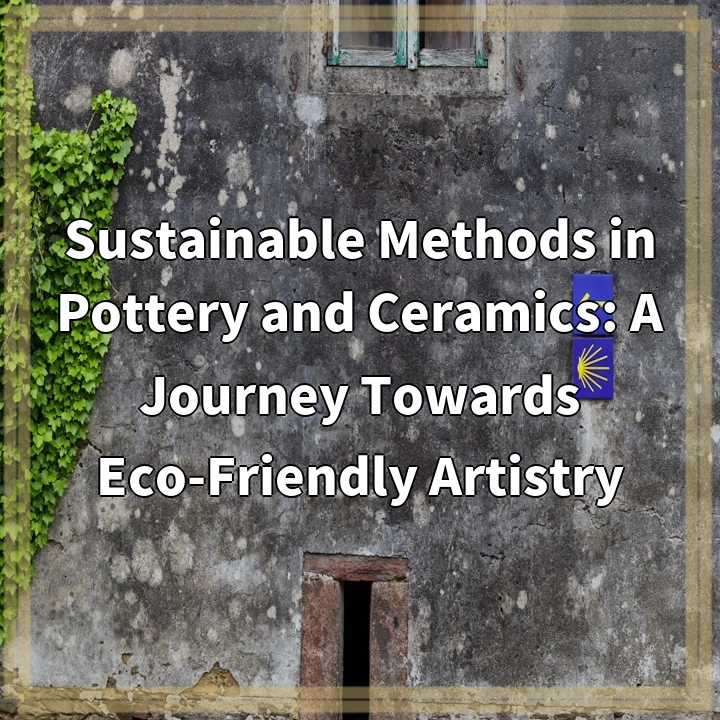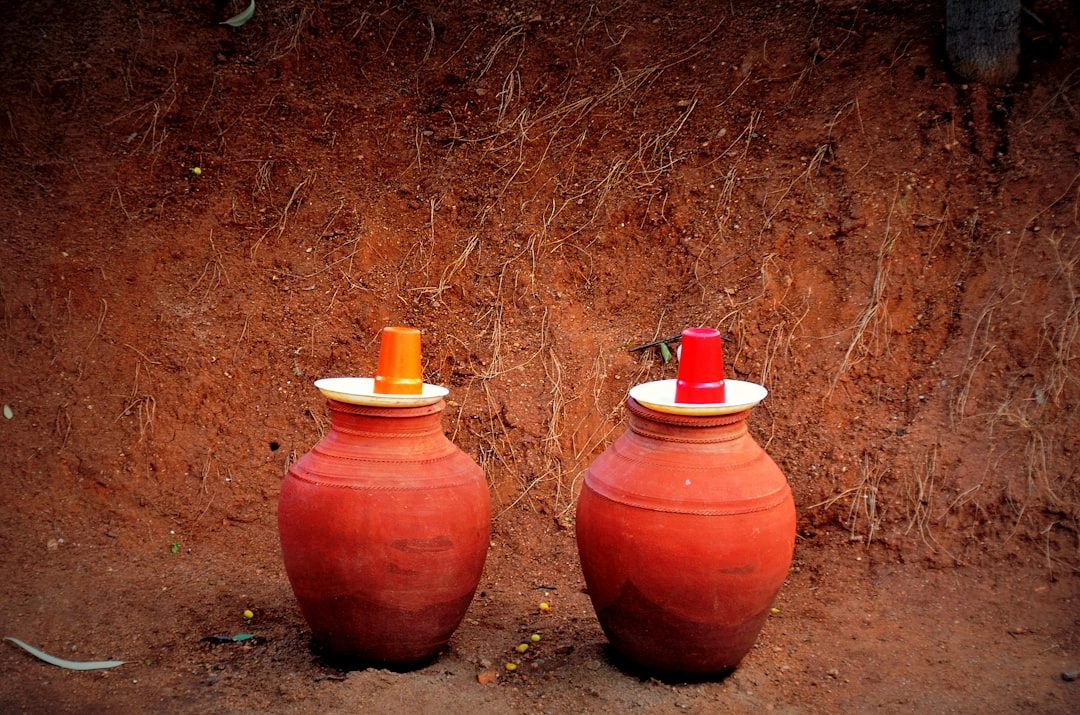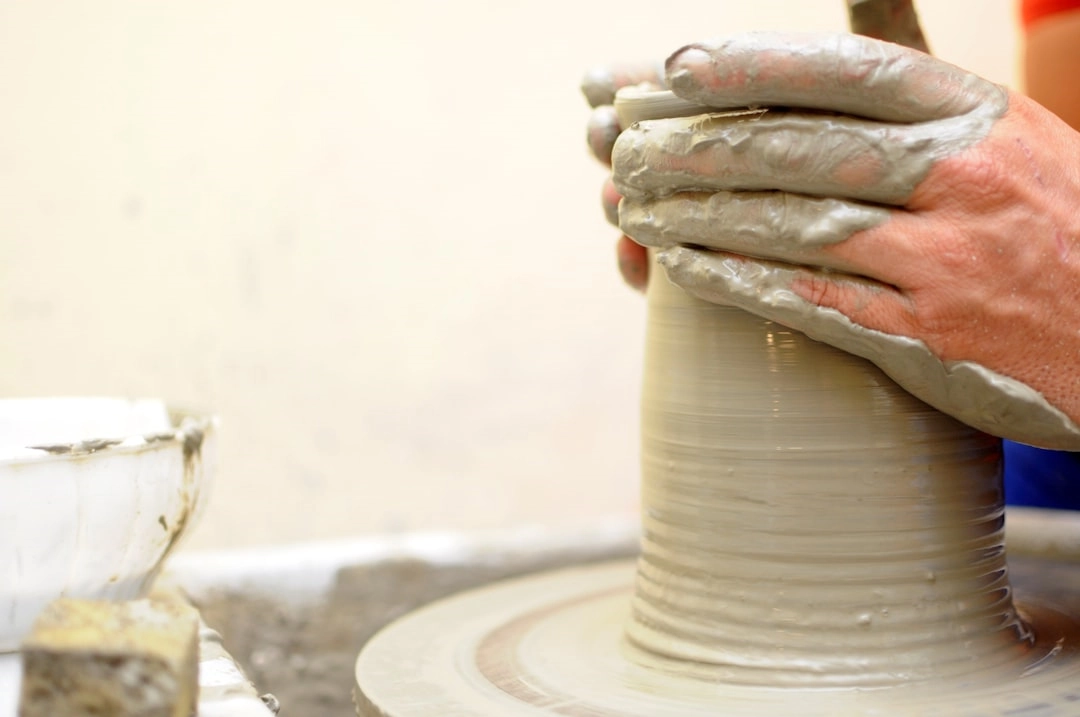
What it is:
Pottery and ceramics have been integral parts of human civilization for thousands of years. From functional vessels to decorative pieces, this art form has evolved and adapted to various cultural and artistic expressions. However, in the wake of environmental concerns, there is a growing need to explore sustainable methods in pottery and ceramics.
Sustainable pottery and ceramics refer to practices that minimize negative environmental impacts, conserve resources, and prioritize the well-being of both artisans and the planet. It involves adopting eco-friendly techniques and materials from the initial stages of clay preparation to firing and glazing.
Real-world problems:
The pottery and ceramics industry, like many others, faces several environmental challenges that demand immediate attention for a sustainable future. Some of these problems include:
1. Energy consumption:
The process of firing ceramics requires high temperatures that often rely on non-renewable energy sources, such as fossil fuels. This contributes to greenhouse gas emissions and contributes to climate change. Finding alternative energy sources and more energy-efficient kilns is crucial to reduce the industry’s carbon footprint.
2. Water usage and wastewater treatment:
Water is a vital resource in pottery and ceramics production. It is used for clay preparation, glaze mixing, and cleaning processes. However, inadequate water management practices can lead to excessive usage, depletion of freshwater sources, and contamination due to improper wastewater treatment. Implementing water recycling systems and responsible water usage practices can help mitigate these issues.
3. Toxic materials and waste disposal:
Traditional pottery and ceramics techniques involve the use of hazardous materials, such as lead-based glazes and certain pigments, which can pose health risks to artisans and contribute to environmental pollution. Proper handling, waste management, and the introduction of non-toxic alternatives are essential to safeguard human health and the environment.
4. Deforestation and clay sourcing:
The extraction of clay, one of the key materials in pottery and ceramics, can result in deforestation and habitat destruction. It is crucial to identify sustainable clay sources, promote responsible clay extraction practices, and support initiatives that focus on reclamation and restoration of clay-rich areas.
5. Cultural preservation and fair trade:
Sustainable pottery and ceramics also involve addressing social and economic aspects. It is important to empower local artisans, support fair trade practices, and preserve cultural traditions and techniques that are at risk of being lost. Promoting ethical consumption and creating networks for artisans to access fair markets play a vital role in sustainability efforts.
By acknowledging and addressing these real-world problems, the pottery and ceramics industry can embark on a journey towards eco-friendly artistry. Through innovative and sustainable practices, this art form can continue to flourish while minimizing its impact on the environment and the communities involved.

Solutions for Sustainable Pottery and Ceramics:
The real-world problems associated with pottery and ceramics can be addressed through various sustainable solutions. By adopting these practices, the industry can minimize its environmental impact and promote eco-friendly artistry.
1. Energy-efficient kilns and alternative energy sources:
Transitioning to energy-efficient kilns can significantly reduce energy consumption and carbon emissions. Additionally, exploring alternative energy sources such as solar and biomass can contribute to a greener firing process.
2. Responsible water management:
Institute water conservation practices by recycling and reusing water throughout the production process. Efficient water use and proper wastewater treatment are essential for reducing water consumption and preventing contamination of freshwater sources.
3. Non-toxic materials and waste management:
Replace hazardous materials with non-toxic alternatives. This includes using lead-free glazes and eco-friendly pigments. Implement proper waste management systems to dispose of pottery and ceramics waste responsibly.
4. Sustainable clay sourcing and land reclamation:
Promote sustainable clay extraction practices and support initiatives that focus on land reclamation and restoration. This helps minimize deforestation and habitat destruction while ensuring a steady supply of clay for the industry.
5. Empowering artisans and promoting fair trade:
Support local artisans by creating fair trade opportunities and establishing networks that connect them with ethical markets. This ensures that artisans receive a fair income and helps preserve cultural traditions associated with pottery and ceramics.
By implementing these solutions, the pottery and ceramics industry can move towards a more sustainable and environmentally conscious future. Embracing eco-friendly practices not only benefits the planet but also supports the livelihoods of artisans and promotes the preservation of cultural heritage.















